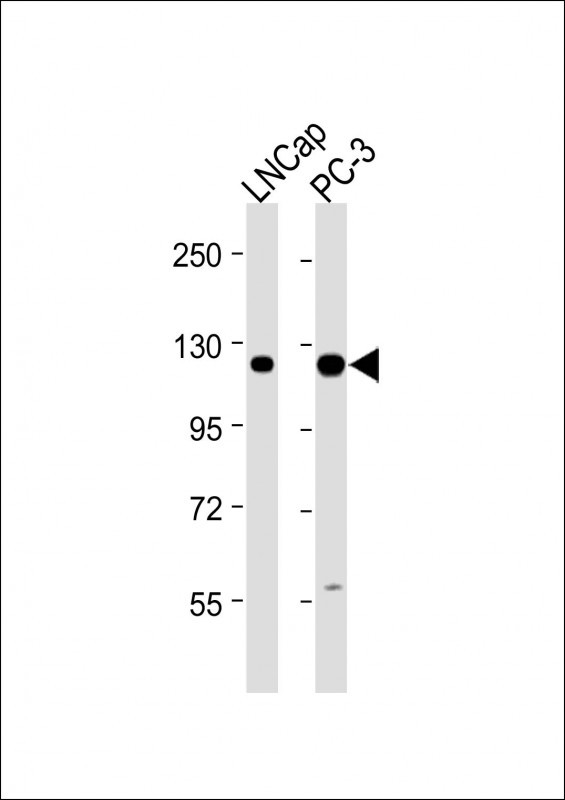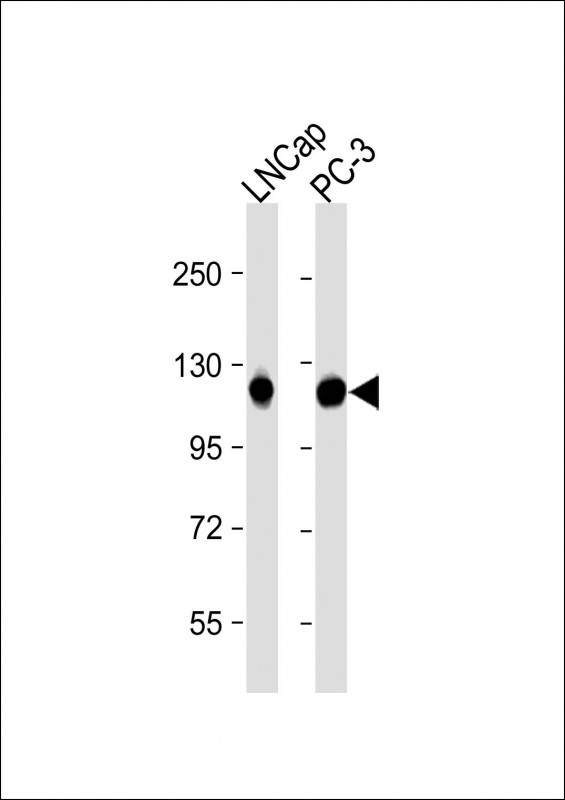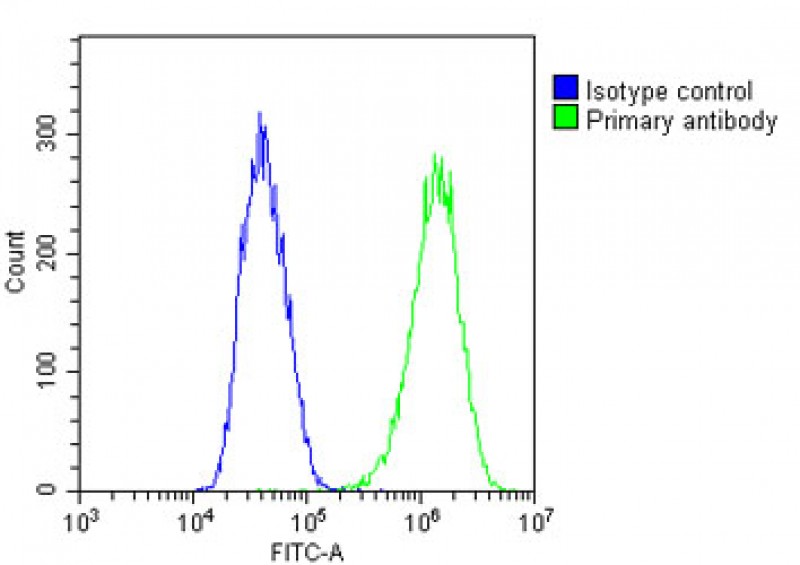DSPP Antibody (N-term)
Affinity Purified Rabbit Polyclonal Antibody (Pab)
- SPECIFICATION
- CITATIONS: 1
- PROTOCOLS
- BACKGROUND

Application
| WB, FC, E |
|---|---|
| Primary Accession | Q9NZW4 |
| Other Accession | NP_055023.2 |
| Reactivity | Human |
| Host | Rabbit |
| Clonality | Polyclonal |
| Isotype | Rabbit IgG |
| Calculated MW | 131151 Da |
| Antigen Region | 47-76 aa |
| Gene ID | 1834 |
|---|---|
| Other Names | Dentin sialophosphoprotein, Dentin phosphoprotein, Dentin phosphophoryn, DPP, Dentin sialoprotein, DSP, DSPP |
| Target/Specificity | This DSPP antibody is generated from rabbits immunized with a KLH conjugated synthetic peptide between 47-76 amino acids of human DSPP. |
| Dilution | WB~~1:2000 FC~~1:25 E~~Use at an assay dependent concentration. |
| Format | Purified polyclonal antibody supplied in PBS with 0.09% (W/V) sodium azide. This antibody is purified through a protein A column, followed by peptide affinity purification. |
| Storage | Maintain refrigerated at 2-8°C for up to 2 weeks. For long term storage store at -20°C in small aliquots to prevent freeze-thaw cycles. |
| Precautions | DSPP Antibody (N-term) is for research use only and not for use in diagnostic or therapeutic procedures. |
| Name | DSPP |
|---|---|
| Function | DSP may be an important factor in dentinogenesis. DPP may bind high amount of calcium and facilitate initial mineralization of dentin matrix collagen as well as regulate the size and shape of the crystals. |
| Cellular Location | Secreted, extracellular space, extracellular matrix |
| Tissue Location | Expressed in teeth. DPP is synthesized by odontoblast and transiently expressed by pre-ameloblasts |

Provided below are standard protocols that you may find useful for product applications.
Background
This gene encodes two principal proteins of the dentin extracellular matrix of the tooth. The preproprotein is secreted by odontoblasts and cleaved into dentin sialoprotein and dentin phosphoprotein. Dentin phosphoprotein is thought to be involved in the biomineralization process of dentin. Mutations in this gene have been associated with dentinogenesis imperfecta-1; in some individuals, dentinogenesis imperfecta occurs in combination with an autosomal dominant form of deafness. Allelic differences due to repeat polymorphisms have been found for this gene. [provided by RefSeq].
References
Joslyn, G., et al. Alcohol. Clin. Exp. Res. 34(5):800-812(2010)
Bai, H., et al. BMC Med. Genet. 11, 23 (2010) :
Kida, M., et al. Eur. J. Oral Sci. 117(6):691-694(2009)
Wheeler, H.E., et al. PLoS Genet. 5 (10), E1000685 (2009) :
Qu, E.J., et al. Zhonghua Yi Xue Yi Chuan Xue Za Zhi 26(5):536-538(2009)
If you have used an Abcepta product and would like to share how it has performed, please click on the "Submit Review" button and provide the requested information. Our staff will examine and post your review and contact you if needed.
If you have any additional inquiries please email technical services at tech@abcepta.com.














 Foundational characteristics of cancer include proliferation, angiogenesis, migration, evasion of apoptosis, and cellular immortality. Find key markers for these cellular processes and antibodies to detect them.
Foundational characteristics of cancer include proliferation, angiogenesis, migration, evasion of apoptosis, and cellular immortality. Find key markers for these cellular processes and antibodies to detect them. The SUMOplot™ Analysis Program predicts and scores sumoylation sites in your protein. SUMOylation is a post-translational modification involved in various cellular processes, such as nuclear-cytosolic transport, transcriptional regulation, apoptosis, protein stability, response to stress, and progression through the cell cycle.
The SUMOplot™ Analysis Program predicts and scores sumoylation sites in your protein. SUMOylation is a post-translational modification involved in various cellular processes, such as nuclear-cytosolic transport, transcriptional regulation, apoptosis, protein stability, response to stress, and progression through the cell cycle. The Autophagy Receptor Motif Plotter predicts and scores autophagy receptor binding sites in your protein. Identifying proteins connected to this pathway is critical to understanding the role of autophagy in physiological as well as pathological processes such as development, differentiation, neurodegenerative diseases, stress, infection, and cancer.
The Autophagy Receptor Motif Plotter predicts and scores autophagy receptor binding sites in your protein. Identifying proteins connected to this pathway is critical to understanding the role of autophagy in physiological as well as pathological processes such as development, differentiation, neurodegenerative diseases, stress, infection, and cancer.



